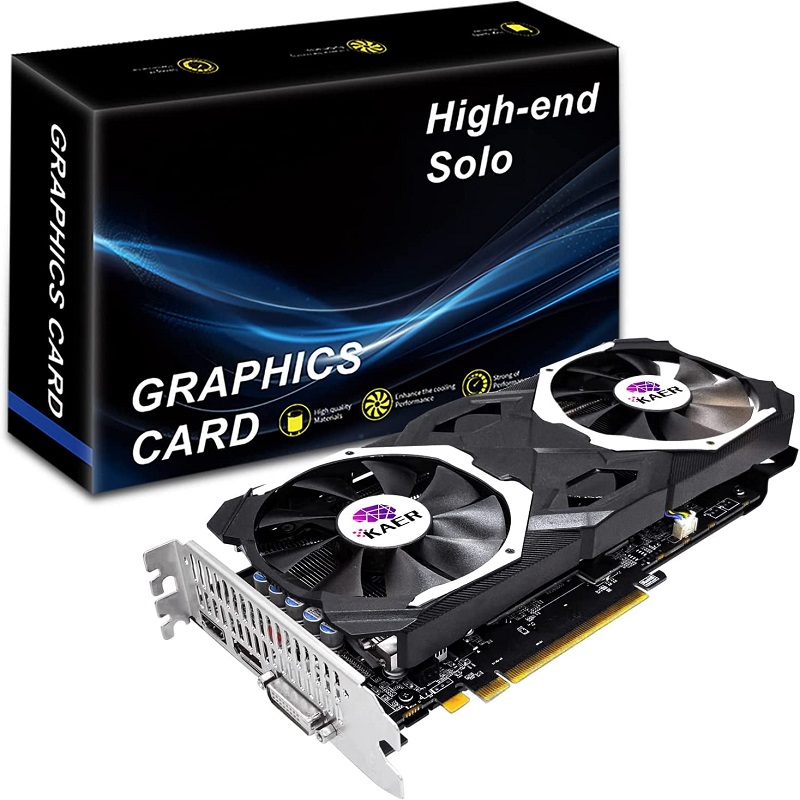Turning on a PC without a graphics card might seem problematic, but it is entirely possible under certain conditions. A graphics processing unit, or GPU, is an essential component that renders images to display on the monitor. However, some systems can operate without a dedicated external GPU, depending on the processor and motherboard‘s capabilities. This article explores the current feasibility and considerations of running a PC without a dedicated graphics card in 2024.

Understanding Integrated Graphics
CPU with Integrated GPU
Many modern CPUs come with an integrated GPU, which means the processor has graphic processing capabilities built into it. If a CPU has this feature, you can run a computer and even display visuals without a dedicated graphics card. The performance of integrated graphics is typically less than that of a dedicated GPU, but they are sufficient for basic tasks and some light gaming.
Checking Motherboard Output
To use integrated graphics, the motherboard must have display output ports, such as HDMI, DisplayPort, VGA, or DVI. If these are present, you can connect your monitor directly to the motherboard. When you power on the PC, the display should function using the integrated graphics from the CPU, bypassing the need for a dedicated graphics card.
The Role of a GPU in a PC
Required for Display
At the most basic level, some form of GPU is required to transmit images to a screen. This does not necessarily mean you need a dedicated graphics card, as an integrated GPU can fulfill this role for non-demanding applications. However, if you plan to perform tasks that are graphically intensive, like 3D modeling, high-resolution video editing, or gaming, a dedicated GPU becomes necessary for smooth operation.
Not Just for Display
Graphics cards do more than just graphical display. They participate in processing complex computations, particularly with software designed to offload certain tasks to the GPU. This process can significantly accelerate tasks such as rendering and scientific simulations, making a dedicated GPU an important piece of hardware for certain professional tasks.
Compatibility and Considerations
Match the Components
When planning to run a PC without a dedicated graphics card, ensure your CPU has an integrated GPU. Not all processors come with this feature; thus, verify the specs before proceeding. Also, check that the motherboard has the necessary output ports compatible with your display.
Recognize Limitations
Keep in mind the limitations of integrated graphics. They use system RAM, which can impact overall performance, especially if the system has limited memory. They also have significantly less power compared to dedicated GPUs, so they won’t be able to handle graphics-intensive tasks or games with high settings effectively.
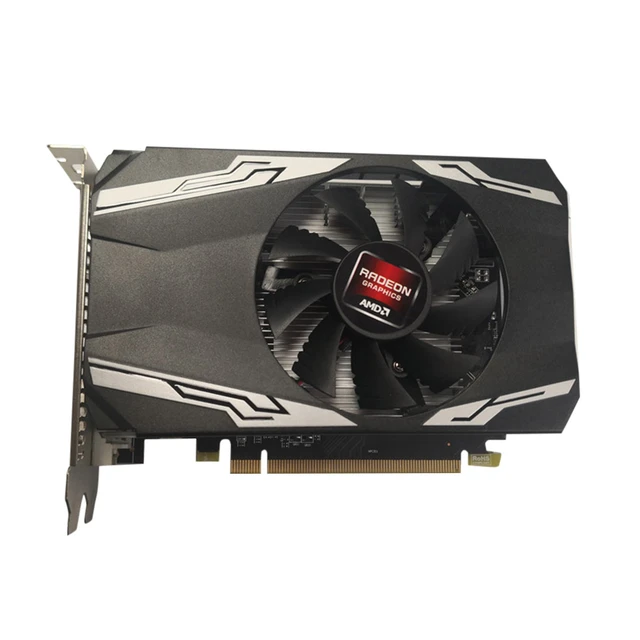
Booting Up Without a Graphics Card
Diagnostics and Server Builds
Some scenarios, like diagnostics or server builds, don’t require a graphical interface since they can be managed through command-line interfaces or remote access tools. In these cases, provided the system supports it, you can boot and run a PC without a graphics card installed.
Using Onboard Graphics for Initial Setup
Even if you will eventually use a dedicated graphics cards in pc, you might use onboard graphics for the initial setup. This is particularly helpful if you want to verify all other components are working correctly before installing a dedicated GPU.
Long-Term Use Without a Dedicated GPU
Non-Gaming or Graphical Use
For users whose computer tasks include web browsing, document creation, or other non-graphical-intensive activities, using integrated graphics on a long-term basis can be entirely feasible. This setup can save money and power, as integrated GPUs consume less than dedicated ones.
Upgrade Potential
If you start with integrated graphics but anticipate needing more graphic power in the future, plan for an easy upgrade path. Ensure your power supply unit (PSU) has the necessary wattage and connectors for a dedicated GPU and that your case has enough space to accommodate it.
Assessing Performance Needs
Evaluating Workload Requirements
Before deciding to run your PC without a dedicated graphics card, evaluate your typical computer workloads. Tasks such as web browsing, writing, and simple office applications will usually perform well on integrated graphics. However, if your activities involve graphic design, gaming, or video editing, the performance of integrated graphics may be inadequate. Assess your needs to determine whether a dedicated GPU is necessary for your computing experience to be satisfactory.
Anticipating Future Upgrades
It’s also wise to consider potential future requirements. While you might not need significant graphics power now, your needs could evolve. It might be smart to build or purchase a system with an upgrade path that allows for the addition of a dedicated graphics card later. This approach ensures that your PC remains versatile and adaptable for future demands.
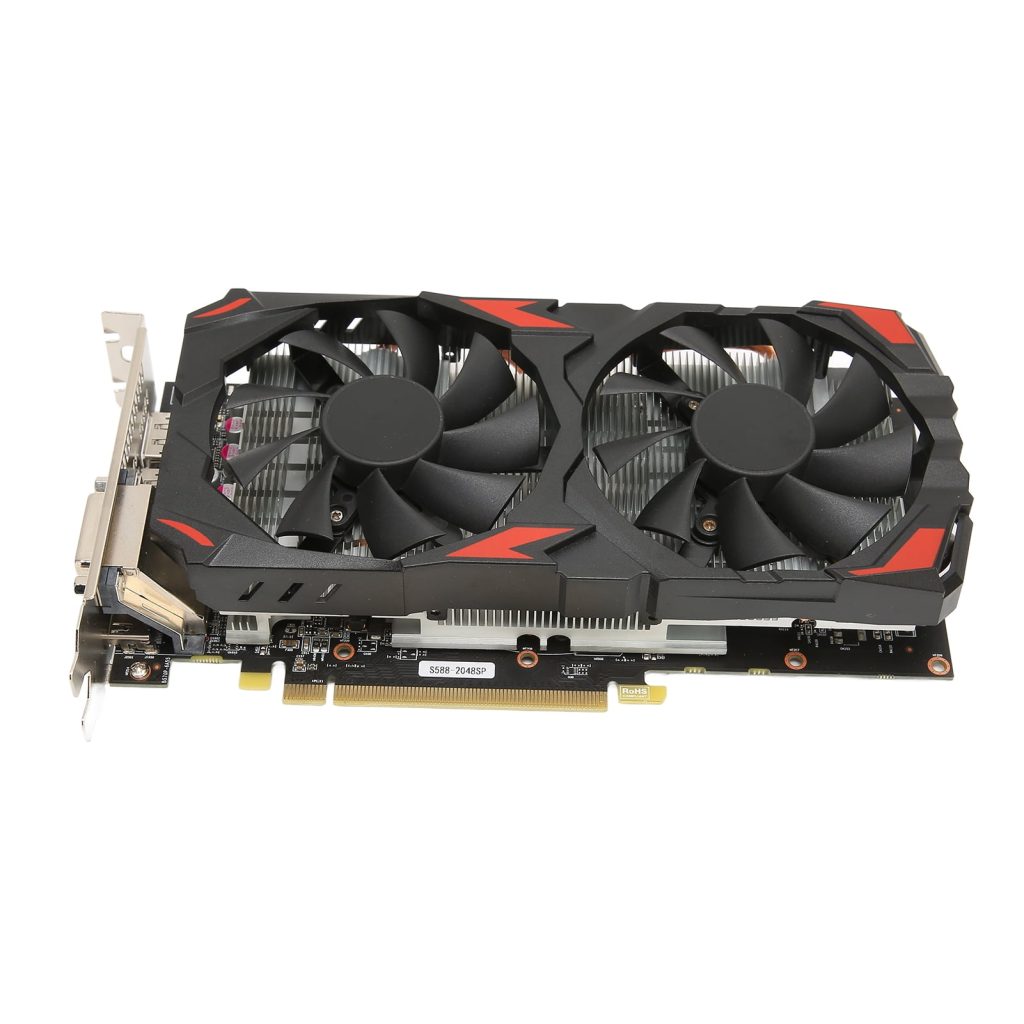
Troubleshooting and Maintenance
Handling Driver Updates
Integrated graphics, much like dedicated GPUs, rely on drivers to function correctly with your system’s software. Regularly update your CPU’s graphics drivers to ensure optimal performance and compatibility. If experiencing graphical issues, driver updates might resolve the problem. Ensure you know how to access and update these drivers for smooth operation.
Monitoring System Health
Without a dedicated graphics card, your CPU and system memory will carry the load of any graphical processing. It’s important to monitor the health and temperatures of your system components to prevent overheating or overuse. Software tools are available that can track system metrics and help you maintain the health of your PC.
Practical Use Scenarios
Office and Home Use
Running a PC without a dedicated GPU is often practical in office and home environments. These settings typically require less graphic power and more emphasis on productivity and general use activities. Integrated graphics can handle multiple displays for business applications, media playback, and everyday computing tasks without the additional cost and power consumption of a dedicated graphics card.
Hands-On Experience
For budding computer enthusiasts or students, starting with integrated graphics offers a hands-on opportunity to understand the workings of a PC. This setup allows users to appreciate the role of a GPU and the extent to which integrated graphics can support various activities. It is a cost-effective way to delve into personal computing before deciding to invest in more specialized hardware like a dedicated GPU.
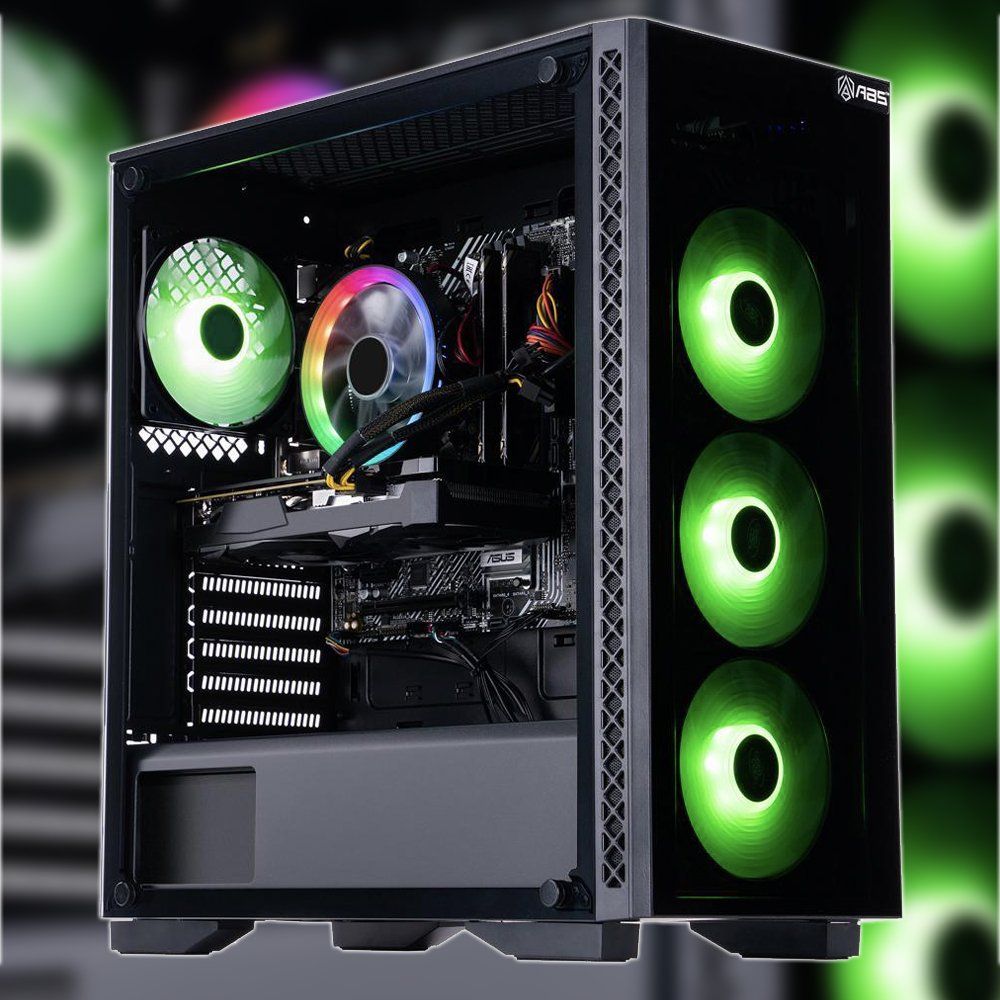
How to install a graphics card in your computer
Installing a graphics card is a crucial process in upgrading a computer’s visual capabilities, enabling better gaming experiences, smoother multimedia processing, and enhanced graphics performance. Whether you are a gamer or multimedia professional, knowing how to install a graphics card is essential.
Prepare the Computer:
Before installing a graphics card, make sure you have the necessary tools and materials. These may include a new graphics card, a screwdriver, an antistatic wrist strap, compatible power cables, and the installation manual specific to your graphics card model. Also, ensure that your computer is turned off and unplugged from the power source before beginning the installation process.
Select the Right Graphics Card:
Choose a graphics card that is compatible with your computer’s specifications and meets your needs. Consider factors such as available space inside the computer case, power supply capacity, and the type of interface supported by your motherboard (e.g., PCIe). Research and select a graphics card model that fits your requirements and is supported by your system.
Prepare the System:
Before physically installing the graphics card, it is essential to update your computer’s operating system and backup important data. Check for any system updates, including the motherboard’s BIOS and firmware, to ensure compatibility with the new graphics card. By keeping the system up to date, you can minimize compatibility issues and ensure optimal performance.
Physically Install the Graphics Card:
Follow these steps to physically install the graphics card in your computer:
- Power off your computer and unplug it from the power source.
- Open the computer case by removing the screws or fasteners that hold the side panel in place.
- Locate the appropriate expansion slot on the motherboard for the graphics card. Typically, this will be a PCIe slot.
- Carefully remove the expansion slot cover that corresponds to the chosen slot.
- Remove the graphics card from its packaging, handling it by the edges and avoiding contact with the gold contacts or circuitry.
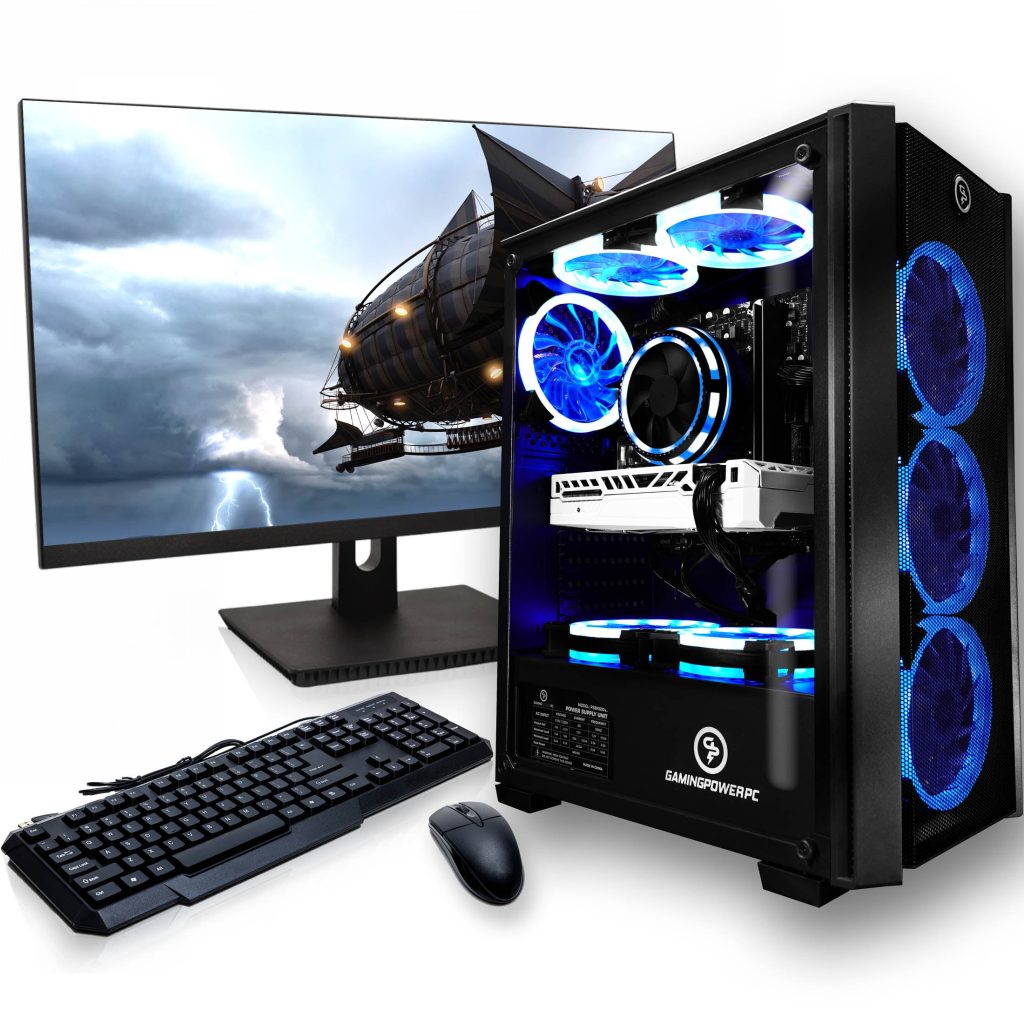
In conclusion
Can you turn on a pc without a graphics card? It is possible to turn on and use a PC without a dedicated graphics card if you have a CPU with integrated graphics and a motherboard with the proper outputs. While this setup is satisfactory for general use, it’s essential to recognize the limitations and plan for future needs if your computing tasks become more demanding. Whether for initial setup, troubleshooting, or long-term use, understanding the role of the GPU will help you make informed decisions about your PC’s configuration.
